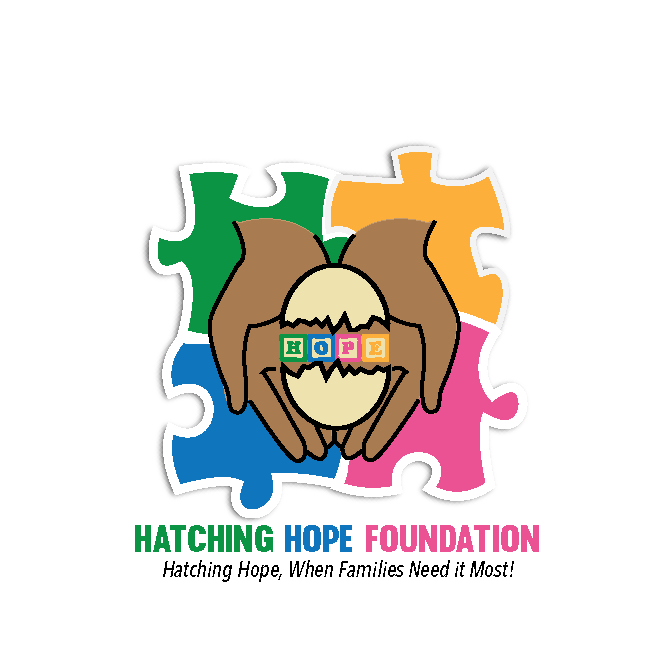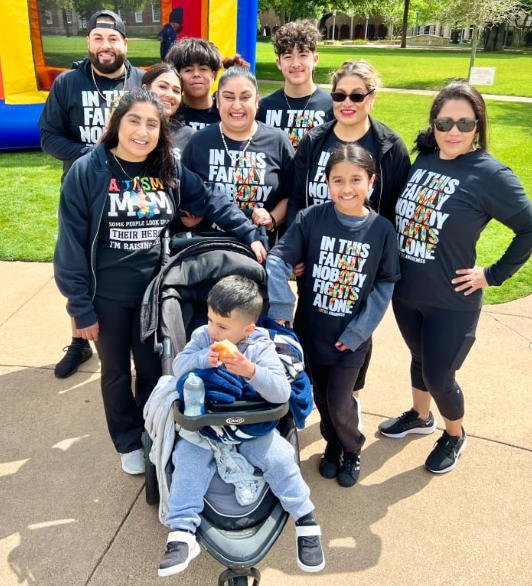Defining Autism
● Autism Spectrum Disorders (ASD) are a complex set of neurological disorders that severely impair social and communicative functioning.
● Individuals with ASD can range from having cognitive impairments to having typical or above average IQs.
● Typical ASD behaviors include lack of interest in other people and other social challenges, stereotyped actions (hand flapping, body rocking), insistence on sameness, resistance to change and, in some cases, aggression or self-injury.
● Between 30-50% of people with autism have seizures.
● Autism was originally believed to be a form of schizophrenia brought on by a traumatic experience or bad parenting. This is not the case
Autism Prevalence
● In 2023, the Centers for Disease Control and Prevention’s Autism and Developmental Disabilities Monitoring Network determined that approximately 1 in 36 children in the United States have ASD.
Causes of Autism
● Autism is highly heritable. There are many genetic and environmental factors involved with autism. These include both rare and common variants. About 15% of cases of autism can be linked to a specific gene mutation.
● Some of the environmental factors that have been studied include medical conditions in parents, age, toxic chemicals, medications taken during pregnancy and before pregnancy, and diet and nutrition.
● In the late 1990s and early 2000s there was a theory that vaccines given at 18-24 months of age may be responsible for autism. However, we now know that autism starts before birth, even possibly before conception, and that vaccines do not cause autism.
Diagnosis
● It is possible to detect signs of autism in infants as young as 6-18 months. A sign or early identification marker does not mean a child will go on to receive a diagnosis. It means that they need specific support services as early as possible. For example, if a baby fixates on objects or does not respond to people, he or she may be exhibiting early signs of an autism spectrum disorder.
● Older babies and toddlers may fail to respond to their names, avoid eye contact, lack joint attention, or engage in repetitive movements such as rocking, or arm flapping. They may play with toys in unusual ways.
● Parents who notice these signs, or are concerned their children are not meeting developmental milestones, should contact their pediatrician or another health care provider and request a developmental screening. There are a number of standardized tools that can inform clinical judgment about whether the diagnosis is autism or something else.
Treatments
● Scientists agree that the earlier a child receives early intervention services the better the child’s prognosis. All children with autism can benefit from early intervention.
● The most effective treatments available today have been developed and adapted from the theories of applied behavioral analysis (ABA) and occupational, speech and physical therapy.
● There is no cure for autism, and most individuals with ASD will need support and services throughout their lifetime.
● Many supposed “cures” for autism advertised on the internet are not backed by scientific studies and can be harmful.
8 facts about Americans with disabilities
- Older Americans are significantly more likely than younger adults to have a disability. Some 46% of Americans ages 75 and older and 24% of those ages 65 to 74 report having a disability, according to estimates from the Census Bureau’s 2021 American Community Survey (ACS). This compares with 12% of adults ages 35 to 64 and 8% of adults under 35.
- Americans in certain racial and ethnic groups are more likely to have a disability. American Indians and Alaska Natives (18%) are more likely than Americans of other racial and ethnic backgrounds to report having a disability, according to the 2021 ACS estimates. Asian and Hispanic Americans are least likely to say they
have a disability (8% and 10%, respectively). The shares of White and Black Americans who report living with a disability fall in the middle (14% each). - The most common types of disability in the U.S. involve difficulties with walking, independent living or cognition. Some 7% of Americans report having serious ambulatory difficulties – struggling with walking or climbing stairs – according to the ACS estimates. Adults ages 75 and older and those ages 65 to 74 are the most likely to report having this kind of disability (30% and 15%, respectively). Much smaller shares of those ages 35 to 64 (6%) and those ages 18 to 34 (1%) say they have an ambulatory disability.
- Americans with disabilities tend to earn less than those who do not have a disability. Those with a disability earned a median of $28,438 in 2021, compared with $40,948 among those without a disability, according to the Census Bureau. (These figures represent employed civilian noninstitutionalized Americans ages 16 and older. They reflect earnings in the previous 12 months in 2021 inflation-adjusted dollars.) On average, people with disabilities accounted for 4% of employed Americans in 2022, according to the Bureau of Labor Statistics (BLS). They were most likely to be employed in management occupations (12%) and office and administrative support occupations (11%), according to annual averages compiled by the BLS, which tracks 22 occupational categories. Meanwhile, an average of about 10% of workers in transportation and material moving jobs had a disability in 2022.
- Disabled Americans have lower rates of technology adoption for some devices. U.S. adults with a disability are less likely than those without a disability to say they own a desktop or laptop computer (62% vs. 81%) or a smartphone (72% vs. 88%), according to a Center survey from winter 2021. The survey asked respondents if any “disability, handicap, or chronic disease keeps you from participating fully in work, school, housework, or other activities, or not.” Similar shares of Americans with and without disabilities say they have high-speed home internet. Even so, disabled Americans are less likely than those without a disability to report using the internet daily (75% vs. 87%). And Americans with disabilities are three times as likely as those without a disability to say they never go online (15% vs. 5%).
- The percentage of U.S. public school students who receive special education or related services has increased over the last decade, according to data from the National Center for Education Statistics. During the 2021-22 school year, there were 7.3 million students receiving special education or related services in U.S. public schools, making up 15% of total enrollment. This figure rose since 2010-11, when 6.4 million disabled students made up 13% of public school enrollment. In 2021-22, the share of disabled students in public schools varied by state, from about 20% in New York, Pennsylvania and Maine to about 12% in Idaho and Texas. These disparities are likely the result of inconsistencies in how states determine which students are eligible for special education services and some of the challenges involved with diagnosing disabilities in children.
- Disabled Americans are much more likely than other Americans to have faced psychological distress during the COVID-19 pandemic, according to a winter 2022 Center analysis that examined survey responses from the same Americans over time.
- Employed Americans generally think their workplace is accessible for people with physical disabilities. Among those who don’t work fully remotely, 76% say their workplace is at least somewhat accessible for people with physical disabilities, according to a Center survey from February. This includes 51% who say it is extremely or very accessible. Another 17% say their workplace is not too or not at all accessible, while 8% are not sure.
Whether or not they consider their own workplace accessible, half of workers say they highly value physical accessibility in the workplace. Workers with disabilities are about as likely as those without disabilities to say this. (Workers are defined as those who are not self-employed and work at a company or organization with more than 10 people.)
Note: Data from Pew Research Center
(https://www.pewresearch.org/short-reads/2023/07/24/8-facts-about-americans-with
-disabilities/)







